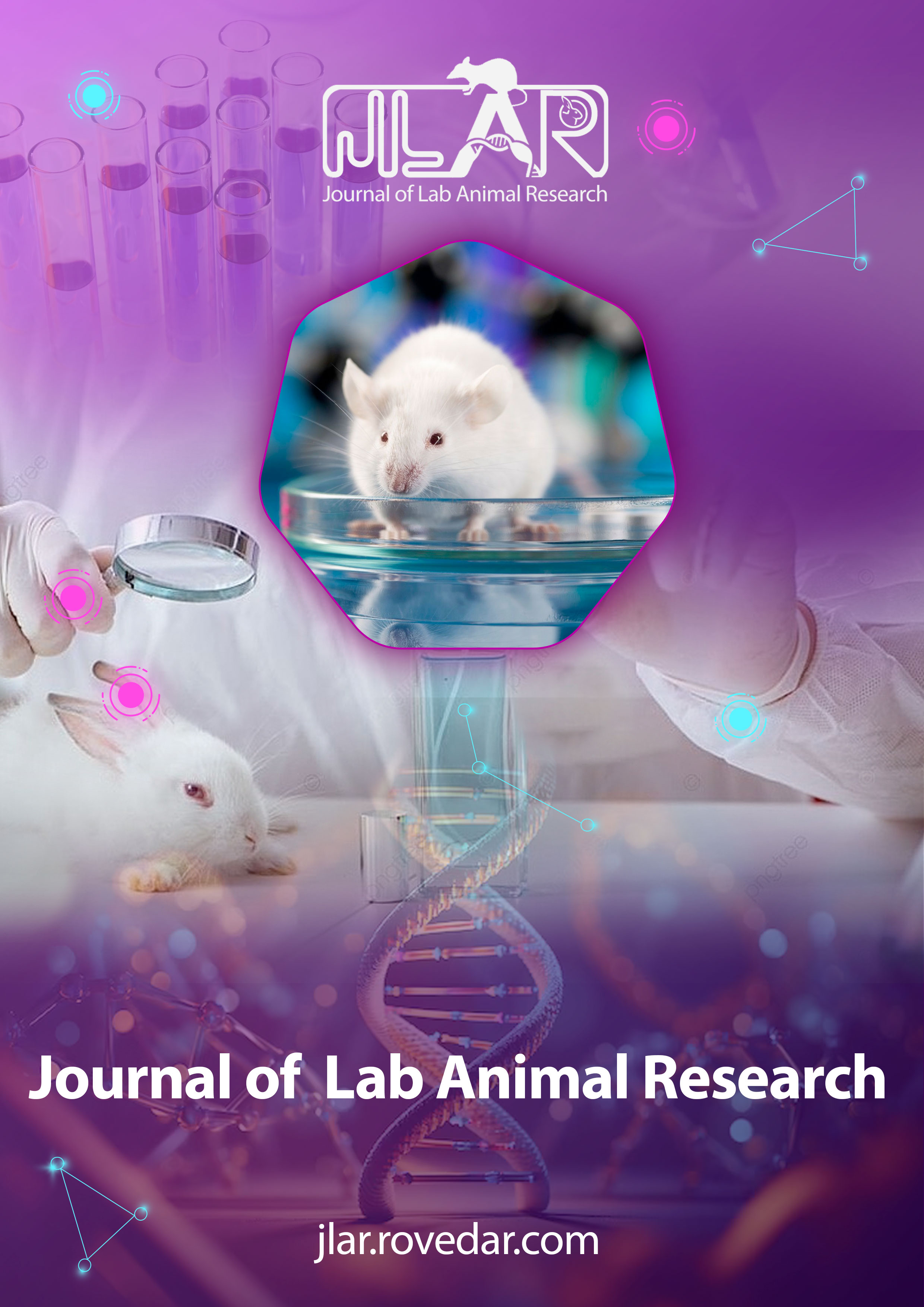Ameliorative Effects of Vitamin C and Methanolic Extract of Broccoli on Cyclophosphamide-induced Poisoning in Ovary of Rat
Main Article Content
Abstract
Introduction: Considering the importance of using herbal compounds to reduce the side effects of cyclophosphamide (CPH), the current study aimed to evaluate the effects of broccoli extract and Vitamin C on ovarian poisoning with CPH.
Materials and methods: Four equal groups of 48 adult female Wistar rats were formed. The first group that was control received physiological saline orally without treatment. A 200 mg/kg dose of CPH was administered intraperitoneally to the second group. For the third group, CPH was supplemented with 300 mg/kg of Vitamin C, and methanol extract of broccoli 300 mg/kg was used in the fourth group. The serum total antioxidant capacity (TAC), interleukin-1 and tumor necrosis factor alpha (TNFα) and ovarian tissue glutathione peroxidase (GPx), superoxide dismutase (SOD), malondialdehyde (MDA), catalase (CAT), were measured. At the end of the study, the ovarian tissue was cut and stained for histopathological investigations.
Results: Ovarian tissue GPx, CAT, and SOD values indicated a significant decrease in the CPH group compared to other groups. In the CPH plus broccoli group, there was a significant decrease in MDA ovarian tissue and IL-1 and TNF-α in serum, compared to the CPH group. There were significant negative changes in ovarian cells of the CPH group, compared to the control and other treatment groups.
Conclusion: The current study suggested that administrating broccoli extract plus CPH could increase the superior antioxidant potential, compared to Vitamin C. This can potentially decrease CPH-induced damage to the ovary of rats, thereby improving their fertility status.
Article Details

This work is licensed under a Creative Commons Attribution 4.0 International License.
All claims expressed in this article are solely those of the authors and do not necessarily represent those of their affiliated organizations, or those of the publisher, the editors, and the reviewers. Any product that may be evaluated in this article, or claim that may be made by its manufacturer, is not guaranteed or endorsed by the publisher.
References
.

